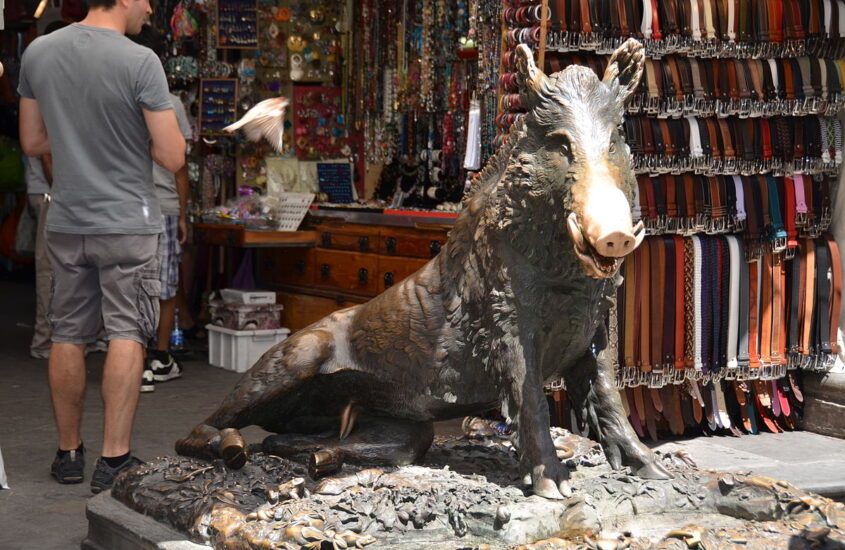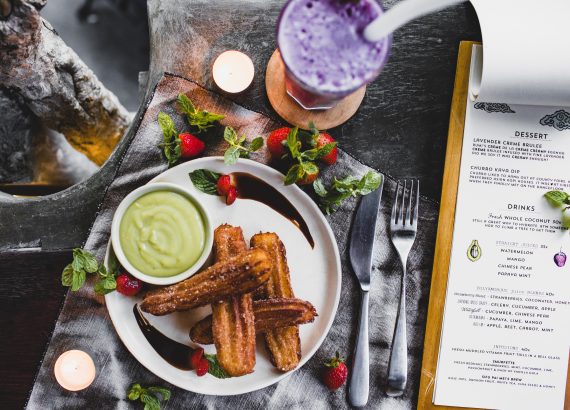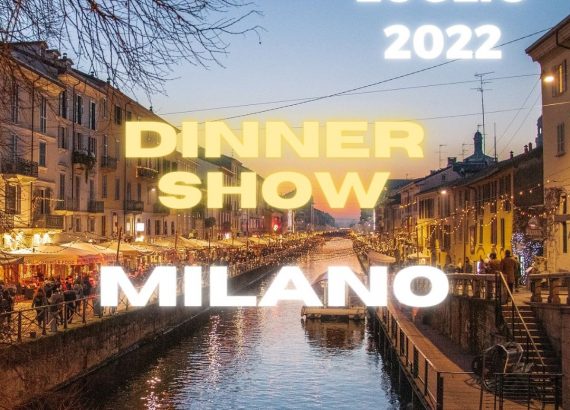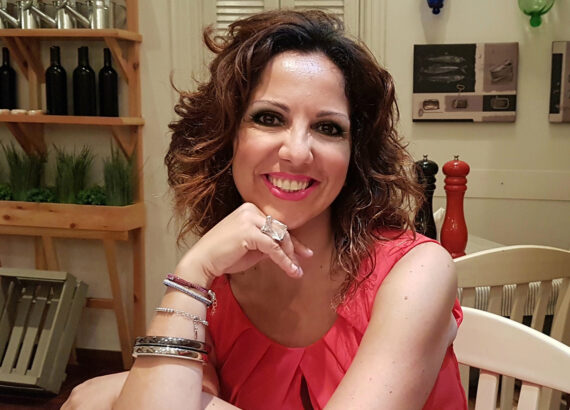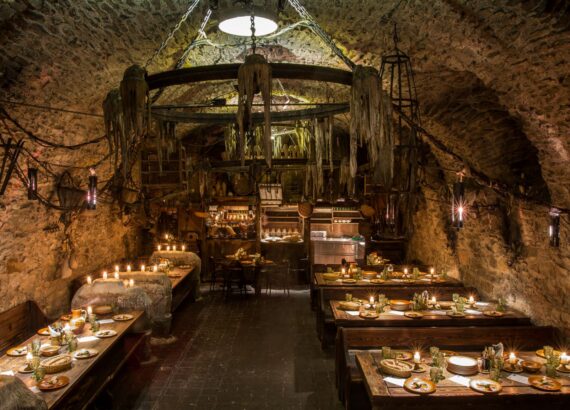A tasteful journey through historical markets, from Palermo to Turin
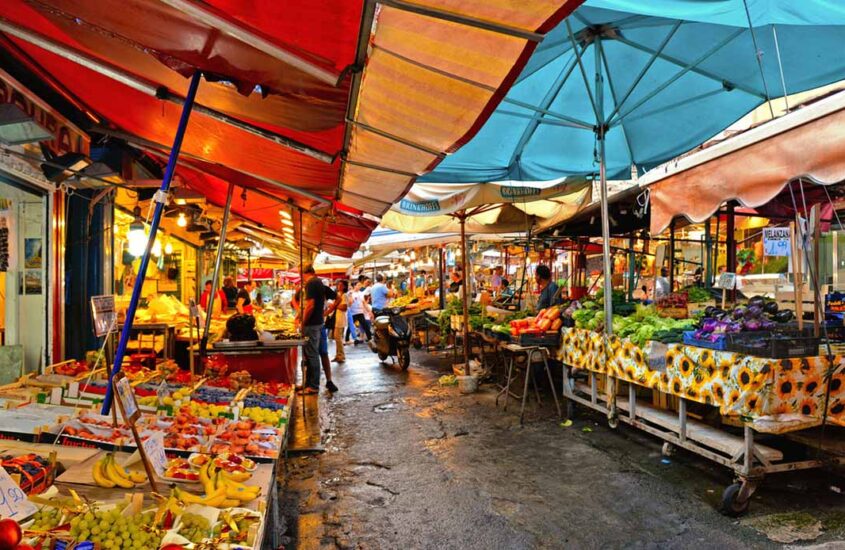
From the historic market of Ballarò, in the heart of Palermo, to the New Market of Florence; from the Loggia to the colorful and multicultural Turin market of Porta Palazzo.
To really get to know a city and fully understand every facet of its soul, it is necessary to visit the historic market enclosed within it, breathing its atmosphere and letting ourselves be enveloped by the charm of every detail offered by this incredible experience.
Strolling among stalls and stalls, surrounded by people, characteristic scents and colors , you will discover the history and dedication enclosed in each typical product belonging to the gastronomic and manufacturing tradition of the place , and beyond.
Our journey, through local stories and traditions, starts here. Let’s retrace Italy together, from south to north, to discover the most fascinating historical markets of taste in Italy .
The historic market of Ballarò
The oldest local market in the city of Palermo is the Ballarò , one of the most famous and characteristic historical markets of the island. You will almost feel like you are immersing yourself in a timeless place, where the “abbanniate” of the sellers, the freshness of local products, the mixture of colors and fragrances have been the same for centuries.
The name “Ballarò” derives from the Arabic term “Balhara”, the name of the village of Arab traders who, during the domination in Sicily in the 10th century, sold various types of products and spices at the market, in Arabic the “Suq Al-Balhara” , later translated by the Palermitans in the current “Ballarò”.
Going from one stall to another, attracted by the lively and colorful screams of the vendors, you can buy food and km 0 products such as fruit and vegetables, coming directly from the Palermo countryside, fresh meat and fish and, again, cheeses, local products and typical sweets of traditional Sicilian cuisine. Furthermore, the excellent quality-price ratio of the products should not be underestimated, also considering the large influx of Palermitans who every day go to this historic market in Palermo to do their shopping.
A multicultural symbol of the Sicilian capital, in the heart of the Albergheria district, the Ballarò market can be visited every day , from Monday to Saturday from 8 to 20 and on Sunday until 15. To appreciate it in its real and lively authenticity, we recommend that you organize a visit in the morning.
Porta Nolana fish market
In Naples , as in Palermo, the local markets are part of the local culture and it is precisely in these places that it is possible to discover, experience and get to know the city in its most authentic essence.
The Porta Nolana Market is probably one of the most colorful and lively markets in the city of Naples. A few steps from Corso Umberto I, this market also allows you to buy objects and clothes, but it is a place that stands out above all for its food offer.
Between high quality fresh stalls, zero kilometer fruits and vegetables and the street food of Neapolitan excellence, the Porta Nolana Market is certainly one of the historic markets to include in your taste itinerary around Italy.
The Oriental Market of Genoa
Typical dishes of the local Ligurian culture, but also foreign dishes with international notes. In the Eastern Market of Genoa you certainly cannot leave on an empty stomach.
Among a thousand colors and inviting scents, this market, located in the heart of the city of Genoa in an extraordinary location – a structure from the 1800s which, in ancient times, was destined to become a convent and which then left the site open to this characteristic market – offers a wide choice of dishes. From the stalls of fruit, vegetables and fresh local vegetables to those of fish and meat.
The Eastern Market in Genoa is, without a doubt, one of the most fascinating markets in Italy. Here, it is possible to taste local cheeses, fresh pasta with delicious Genoese PDO basil and sit in dedicated corners for a quick snack, discovering the most delicious typical dishes of Liguria.
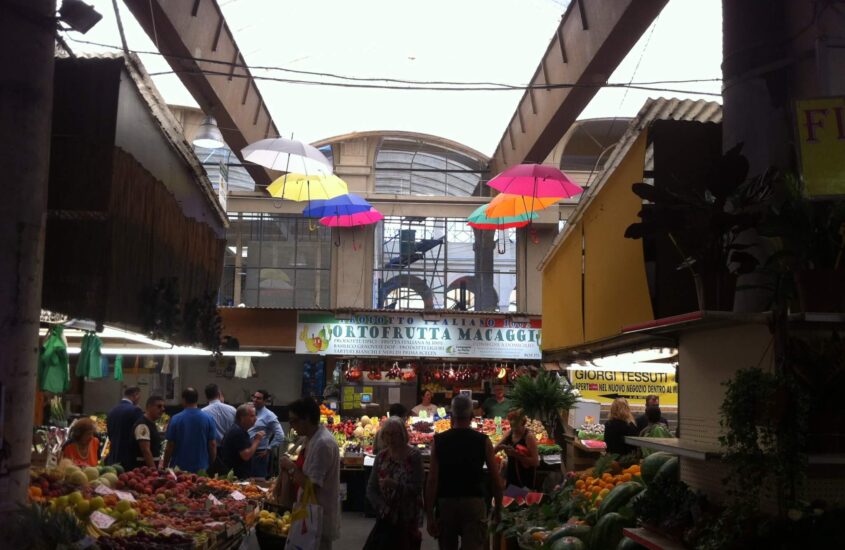
The Porta Palazzo Market, also known as Porta Pila
A meeting place of different colors, cultures and traditions, the Porta Palazzo Market, also known as the Porta Pila Market , is the largest in the city of Turin but also the largest open-air market set up in all of Europe.
Initially positioned between Piazza delle Erbe and Piazza del Corpus Domini, the market was later moved to Piazza della Repubblica , a few steps from the historic center, in the ancient district of Borgo Dora. In the current location, two large canopies were built to accommodate food stalls and wooden structures to allow the sale of fabrics, jewels and various kinds of objects.
The large surface of the square houses both an area of the market that takes place outdoors and some covered areas dedicated to different categories of products . The outdoor part hosts stalls with articles of clothing, footwear, household items, plants, food and fruit and vegetables. Furthermore, inside the famous Canopy of the Contadini , local producers and neighboring areas can display the fruits of their harvest on a daily basis.
The covered part, on the other hand, includes the Fish Market, the Palatine Center, dedicated to clothing and footwear, the Food Market and the Pavilion of the Clock , symbol of the Porta Palazzo Market: the latter, both dedicated to offering high quality gastronomic products such as cured meats, cheeses, meat, fresh pasta, bread and much more.
Visiting this historic market in Turin, you will be struck by the interesting and suggestive mix of different customs, scents and cultures . The entire district, which has always been a popular area of the city, over the years has in fact first offered hospitality to the various migratory waves, initially coming from southern Italy and, subsequently, from abroad.
Open every day , the Porta Palazzo market attracts many tourists and visitors even on weekends, offering the opportunity to take part in guided tours and organized events, including, for example, the Balon, the famous flea and antiques market that takes place in the square every Saturday.
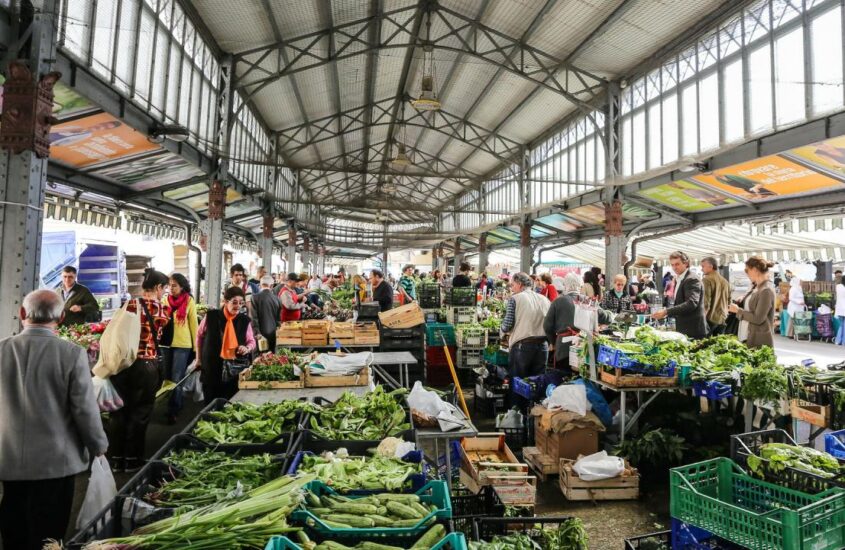
The New Market, also called "del Porcellino"
The Loggia del Mercato Nuovo , in the heart of the city of Florence, is also one of the oldest historical markets in the world. Strolling through the stalls located under the Loggia, you will find numerous objects of Tuscan craftsmanship , such as bags, belts and accessories in leather, scarves and fine Italian silk items, bandanas, embroidered tapestries, tourist sweaters and souvenirs, straw hats and much more. But for those who do not want to give up food, here it is also possible to taste Florentine street food.
Il Trippaio del Porcellino is located right in the heart of the characteristic Piazza del Mercato Nuovo . Here, you can enjoy truly delicious street food dishes.
The New Market in Florence is also called the Porcellino Market because of a bronze statue depicting a wild boar inside a fountain , made by Pietro Tacca towards the beginning of the 17th century. In addition to being decorative, in the past the fountain had a mainly practical function, as it allowed the merchants who traded under the Loggia to supply themselves with water. Subsequently, around the nineteenth century, the Porcellino fountain was moved to the south side of the structure, in its current position, to facilitate passage and traffic on the road.
According to a popular tradition of the place, which has always intrigued and attracted numerous tourists to the place, it is said that it brings good luck to place a coin inside the mouth of the “pig” , after having rubbed its golden nose. If the coin, slipping out of the mouth, falls into the grate where the water flows, the event can be interpreted as a sign of good luck.
If you want to buy an original and authentic handcrafted souvenir, the historical market of the Porcellino, open every day until late afternoon, is one of the main stops recommended to appreciate every beauty and characteristic richness of the city of Florence.
